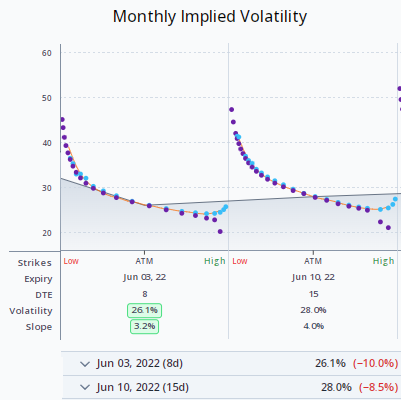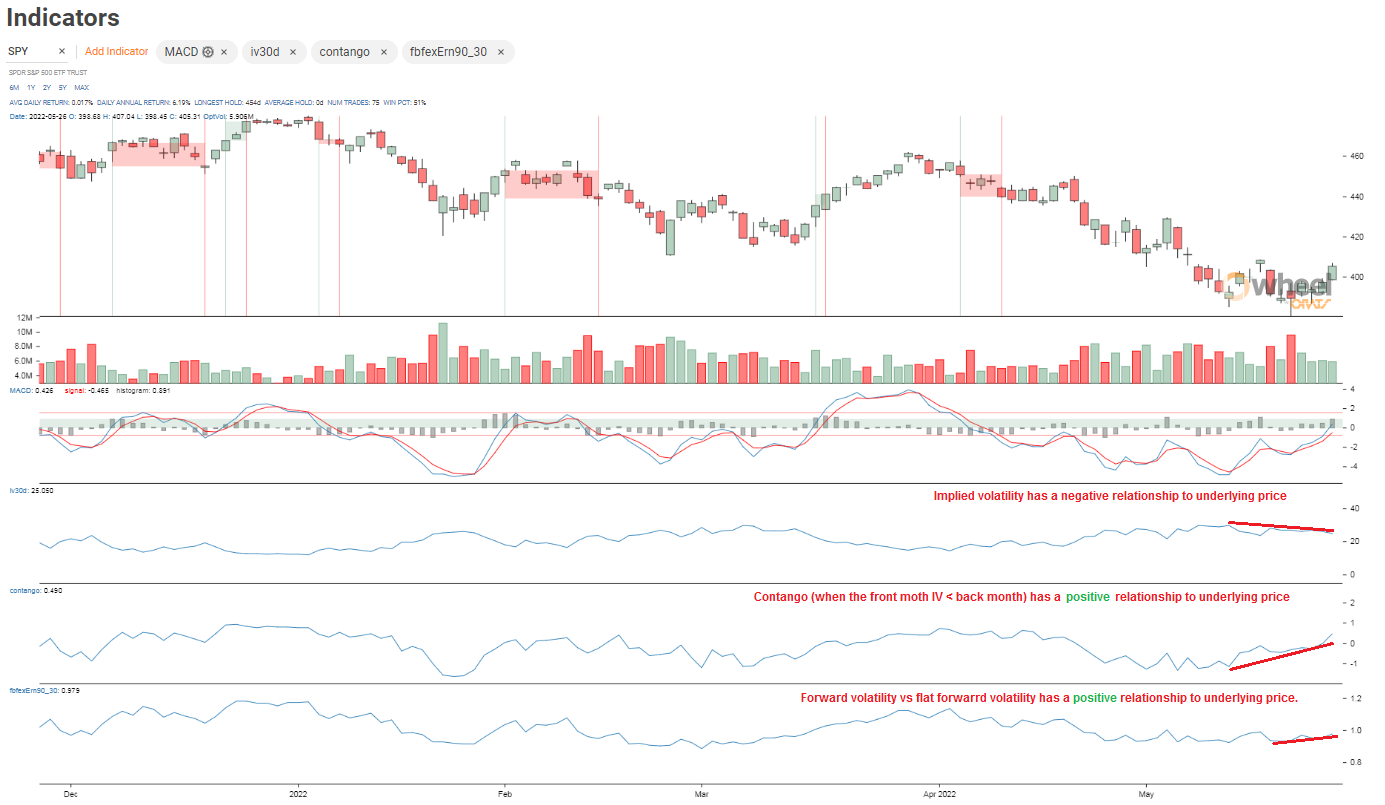Indicators
Wednesday, March 6th 2019
Are You Still Using Close-to-Close Historical Volatility?
The May 2010 flash crash shows the weakness in the traditional historical volatility calculation, close-to-close. ORATS uses a modified Parkinson method that has open high low close OHLC.
Summary
The May 2010 flash crash highlighted the weakness of using close-to-close historical volatility (HV) calculations. ORATS uses a modified Parkinson method that incorporates intraday moves, resulting in a one-day HV calculation and more accurate results. Traders should consider switching to this method.
"At 2:32 pm on May 6, 2010, the S&P 500 careened 8% in just 36 minutes before rebounding with just as dramatic of a move." So starts Dominick Paoloni's paper on Timing the Market.
This got me thinking, "I wonder how much the historical volatility (HV) calculation that ORATS employs differed from what most people use, close-to-close HV on May 6, 2010."
A lot!
Below shows the ORATS HV 5-day amount 52.18% vs the close-to-close amount 25.18%, MORE THAN DOUBLE.

The trick is that ORATS HV utilizes the intraday moves in a stock in our calculation and close-to-close does not. This has an additional benefit of providing a one-day historical volatility calculation. Based on the methodology in the close-to-close calculation, this is impossible for that numeric.
Traders based so much of the characterization of the market based on historical volatility that you have to ask yourself, "Why are you still using close-to-close historical volatility?
Disclaimer:
The opinions and ideas presented herein are for informational and educational purposes only and should not be construed to represent trading or investment advice tailored to your investment objectives. You should not rely solely on any content herein and we strongly encourage you to discuss any trades or investments with your broker or investment adviser, prior to execution. None of the information contained herein constitutes a recommendation that any particular security, portfolio, transaction, or investment strategy is suitable for any specific person. Option trading and investing involves risk and is not suitable for all investors.
All opinions are based upon information and systems considered reliable, but we do not warrant the completeness or accuracy, and such information should not be relied upon as such. We are under no obligation to update or correct any information herein. All statements and opinions are subject to change without notice.
Past performance is not indicative of future results. We do not, will not and cannot guarantee any specific outcome or profit. All traders and investors must be aware of the real risk of loss in following any strategy or investment discussed herein.
Owners, employees, directors, shareholders, officers, agents or representatives of ORATS may have interests or positions in securities of any company profiled herein. Specifically, such individuals or entities may buy or sell positions, and may or may not follow the information provided herein. Some or all of the positions may have been acquired prior to the publication of such information, and such positions may increase or decrease at any time. Any opinions expressed and/or information are statements of judgment as of the date of publication only.
Day trading, short term trading, options trading, and futures trading are extremely risky undertakings. They generally are not appropriate for someone with limited capital, little or no trading experience, and/ or a low tolerance for risk. Never execute a trade unless you can afford to and are prepared to lose your entire investment. In addition, certain trades may result in a loss greater than your entire investment. Always perform your own due diligence and, as appropriate, make informed decisions with the help of a licensed financial professional.
Commissions, fees and other costs associated with investing or trading may vary from broker to broker. All investors and traders are advised to speak with their stock broker or investment adviser about these costs. Be aware that certain trades that may be profitable for some may not be profitable for others, after taking into account these costs. In certain markets, investors and traders may not always be able to buy or sell a position at the price discussed, and consequently not be able to take advantage of certain trades discussed herein.
Be sure to read the OCCs Characteristics and Risks of Standardized Options to learn more about options trading.
Related Posts



